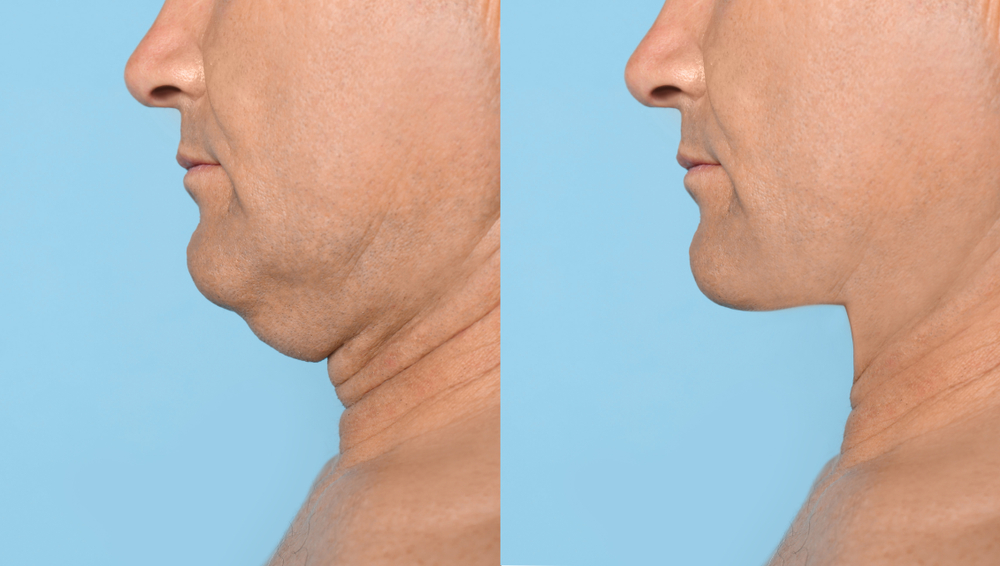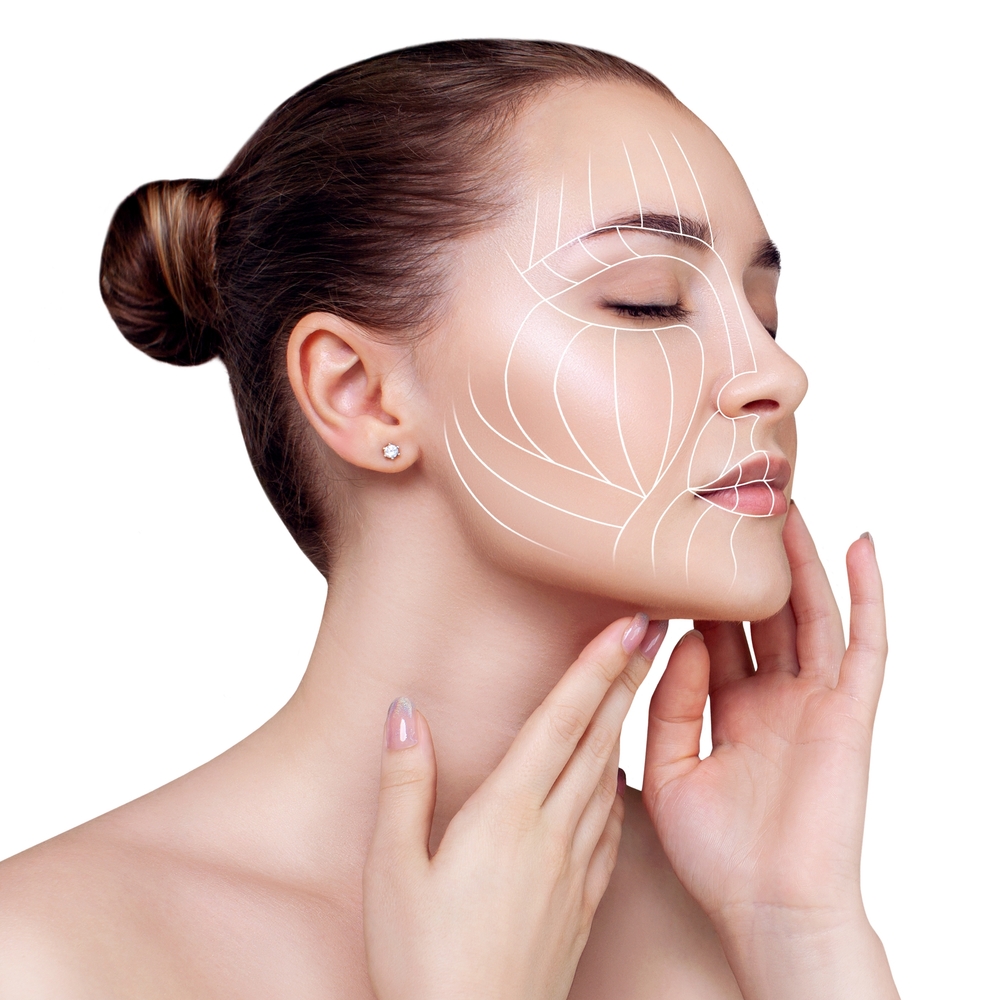Dynamic wrinkles are the lines that appear on your face when you make certain expressions, like frowning or smiling. Unlike static wrinkles, which are visible even when your face is at rest, dynamic wrinkles occur due to the repeated contraction of facial muscles over time.
Botox is an FDA-approved treatment that can temporarily reduce the appearance of dynamic wrinkles by relaxing the targeted muscles. This non-invasive procedure offers a way to achieve smoother skin without the need for surgical intervention. At Bellaire Dermatology, we specialize in offering expert dermatological care, including Botox treatments, in a compassionate environment right here in Houston, TX.
What Is Botox?
Botox is a medically approved form of botulinum toxin, derived from a bacterium known as Clostridium botulinum. This substance has been rigorously tested and is FDA-approved for cosmetic and medical use. In its cosmetic application, it is employed primarily for the temporary reduction of dynamic wrinkles.
The mechanism of Botox involves interfering with the nerve signals that instruct muscles to contract. By injecting small doses into specific muscles, these contractions are minimized or halted, leading to a reduction in the appearance of wrinkles caused by muscle activity. The process is precise and aims to maintain a natural look while targeting only the problem areas.
How Long Does Botox Typically Last?
The effects of a Botox treatment typically last between three and four months. During this period, you will notice a reduction in the appearance of dynamic wrinkles in the treated areas. After this time, muscle action gradually returns, and the wrinkles begin to reappear, at which point you may choose to schedule another treatment.
What Factors Can Impact the Longevity of Botox?
Muscle Activity
The level of muscle activity in the treated area can affect how long Botox lasts. Areas with more frequent muscle contractions, like the forehead, may see a quicker return of wrinkles compared to less active areas.
Individual Metabolic Rate
The rate at which your body metabolizes the botulinum toxin treatment also plays a role in its longevity. Those with faster metabolic rates might notice the effects wearing off slightly sooner than the typical three to four months.
Amount of Product Injected
The volume of Botox treatment used can influence the duration of the Botox results. A smaller quantity may offer shorter-lived effects, while a larger volume could extend the timeframe before a follow-up is needed.
Depth and Quality of Injection
The skill of the injector, along with the depth and quality of the injection, can also impact how long the effects last. A well-placed injection maximizes the effectiveness of the treatment.
Consistency of Injections
For those who receive treatments regularly, you may find the results last longer over time. This is possibly due to changes in muscle patterns and habits, which develop with consistent treatments, leading to more sustained results.
Setting Realistic Expectations for Botox Treatments
Setting realistic expectations for Botox injections is crucial for patient satisfaction. Results can vary based on numerous factors, like muscle activity, metabolic rate, and the skill of the injector. A detailed consultation with your provider is important to discuss your specific concerns, understand the limitations of the treatment, and establish what outcomes you can realistically expect.
What Happens as Botox Begins to Wear Off?
- Return of Muscle Activity: As the effects of Botox start to diminish, you’ll notice a gradual return of muscle activity in the treated areas. This is a sign that it might be time for a follow-up treatment.
- Increased Visibility in Lines and Wrinkles: As your Botox results fade, lines and wrinkles will slowly become more noticeable again, although many people still find that they are slightly less pronounced than before.
Maintenance Treatments for Botox
Maintenance treatments are an important consideration for anyone interested in neuromodulators, including Botox. Your doctor can help tailor a schedule that optimizes the time between appointments, ensuring that you maintain the benefits without reverting to your pre-Botox appearance. The aim is to continue achieving subtle, natural-looking results without overdoing it. Consult with your provider to establish a treatment schedule that aligns with your aesthetic goals and lifestyle.
More Information About Botox
What Are Botox Treatments Like?
Botox treatments are relatively quick and minimally invasive. A fine needle is used to administer the Botox injections into the targeted muscles. Most patients report minimal discomfort, often comparing the sensation to a quick pinch.
How Long Does It Take for Botox to Work?
After the injections, it generally takes about three to seven days for the full effects to become visible. During this time, the targeted muscles gradually relax, reducing the appearance of dynamic wrinkles.
What Else Can Neuromodulators Treat?
Beyond its aesthetic applications, Botox is also used for medical conditions such as migraines and excessive sweating. As a neuromodulator, Botox can interrupt the nerve signals responsible for these conditions, providing relief that can last several months. Consult with your provider to explore the full range of issues that Botox can address.
Enjoy Long-Lasting Results With Botox
Botox offers a non-invasive option for those looking to temporarily reduce the appearance of dynamic wrinkles. Various factors, from muscle activity to individual metabolic rate, can influence the longevity of the results. Understanding these factors and setting realistic expectations can help you make the most of your treatment.
At Bellaire Dermatology, we specialize in customized Botox treatments to meet your specific needs in Houston, TX. To find out more or to schedule a consultation, give us a call at (713) 661-4383 or fill out our online form today.





